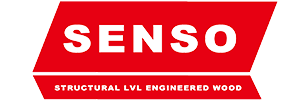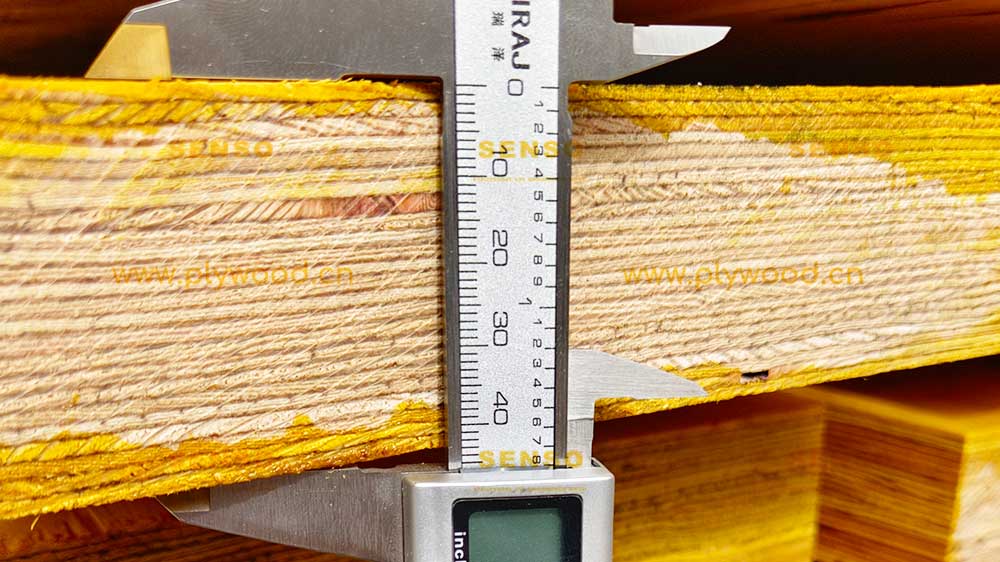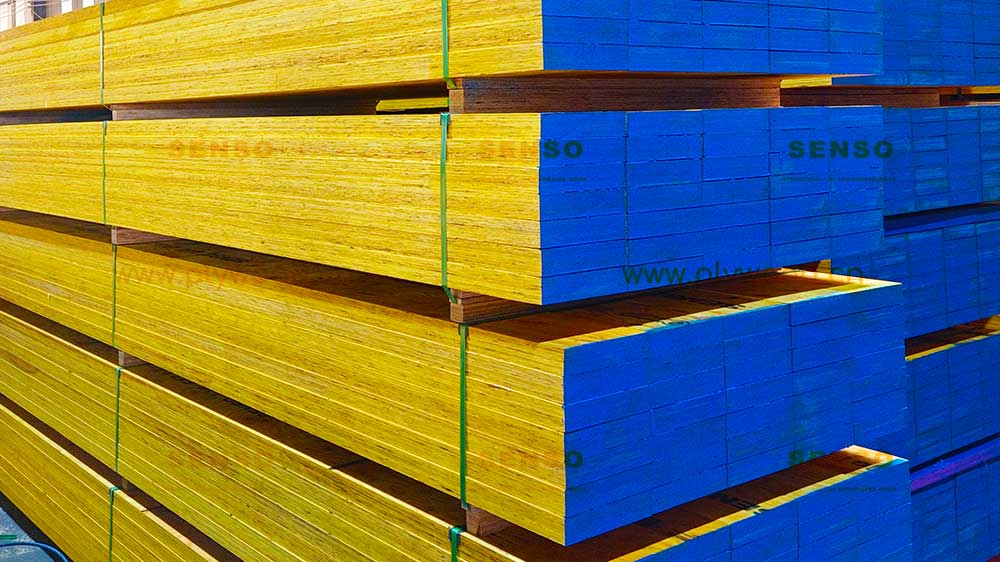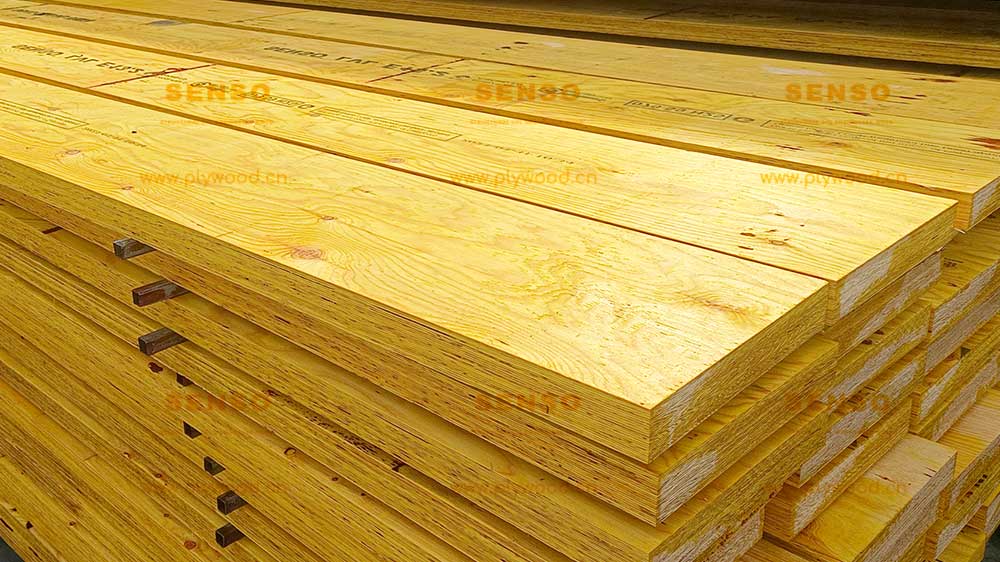What is Laminated Veneer Lumber (LVL) Beam?
Laminated veneer lumber (LVL) beam is a high-strength engineered wood product made by bonding together multiple layers of thin wood veneers. This process creates a composite material that surpasses the strength and stability of traditional lumber. LVL beams are widely used in construction for their superior load-bearing capabilities, consistency, and versatility.
The Advantages of LVL Beams
Strength and Durability: LVL beams are designed to bear heavy loads, making them ideal for structural applications in residential and commercial construction. Their engineered nature provides a uniform and predictable performance, reducing the risk of warping, twisting, or shrinking.
Versatility: LVL beams can be easily cut and shaped to meet specific design requirements, offering flexibility in architectural designs. They can be used in a variety of applications, from roof and floor beams to door and window headers.
Sustainability: LVL beams are an environmentally friendly option. They are made from fast-growing, sustainably sourced trees, and their production process maximizes the use of the log, reducing waste.
Cost-Effective: While providing superior performance, LVL beams are often more cost-effective than traditional lumber, especially in applications where strength and stability are paramount.
Applications of LVL Beams in Timber Frame Construction
LVL beams are a popular choice in timber frame construction, where their strength and stability are essential for the structural integrity of the building. They are commonly used as:
- Main Support Beams:In timber frame homes, LVL beams provide the primary support for the structure, ensuring its durability and longevity.
- Roof Rafters:LVL beams are often used as roof rafters in timber frame construction, providing the necessary strength to support heavy loads, such as snow in colder climates.
- Floor Joists:In multi-story buildings, LVL beams serve as floor joists, offering a stable and strong foundation for each level.
Engineered Wood Products: A Comparison
LVL beams are part of a broader category of engineered wood products, which also includes products like plywood, oriented strand board (OSB), and glue-laminated timber (glulam). Each of these products has its unique advantages and applications in construction:
- Plywood:Known for its cross-grained structure, plywood offers excellent strength and resistance to expansion and shrinkage. It is commonly used for sheathing, flooring, and roofing.
- Oriented Strand Board (OSB):OSB is made from compressed layers of wood strands, making it a cost-effective alternative to plywood for wall and roof sheathing.
- Glue-Laminated Timber (Glulam):Similar to LVL, glulam is made by bonding layers of timber. It is known for its aesthetic appeal and is often used in exposed beams and columns.
Sustainable Building Materials: The Role of LVL Beams
Sustainability is a growing concern in the construction industry, and LVL beams are at the forefront of this movement. They offer an eco-friendly alternative to traditional lumber, contributing to the development of greener buildings. The use of LVL beams supports sustainable forestry practices and reduces the carbon footprint of construction projects.
The Impact of LVL Beams on Modern Construction
The introduction of laminated veneer lumber (LVL) beams has significantly impacted modern construction practices. Their superior strength, versatility, and sustainability have made them a preferred choice for architects and builders. LVL beams have enabled the creation of more open and spacious designs, as their load-bearing capabilities allow for larger spans without the need for intermediate supports. This has led to a shift in architectural trends, favoring more open-concept layouts in residential and commercial buildings.
Innovations in LVL Beam Technology
The technology behind LVL beams continues to evolve, with manufacturers constantly seeking ways to enhance their performance and sustainability. Innovations in adhesive technology have improved the bond strength between the veneers, resulting in even stronger and more durable beams. Additionally, advancements in manufacturing processes have increased the efficiency of production, making LVL beams more affordable and accessible.
LVL Beams in Green Building Certifications
LVL beams play a significant role in achieving green building certifications such as LEED (Leadership in Energy and Environmental Design) and BREEAM (Building Research Establishment Environmental Assessment Method). Their use contributes to points in categories such as sustainable materials, resource efficiency, and indoor environmental quality. By incorporating LVL beams into their projects, builders and developers can demonstrate their commitment to sustainable construction practices.
Case Studies: Successful Applications of LVL Beams
Several notable construction projects have successfully utilized LVL beams to achieve both structural and aesthetic goals. For example, the use of LVL beams in the construction of a large commercial complex allowed for wide-open spaces without compromising structural integrity. In another instance, a residential project featured exposed LVL beams, highlighting their natural beauty while providing essential support.
Future Trends in LVL Beam Usage
As the construction industry continues to focus on sustainability and innovation, the use of LVL beams is expected to grow. Future trends may include the integration of smart technology into LVL beams, enabling real-time monitoring of structural health. Additionally, the development of hybrid materials, combining LVL with other sustainable resources, could lead to even more efficient and environmentally friendly construction solutions.
Challenges and Solutions in LVL Beam Implementation
While laminated veneer lumber (LVL) beams offer numerous advantages, their implementation in construction projects can present challenges. One of the primary concerns is the need for specialized knowledge and tools for handling and installation. To address this, manufacturers and industry associations are providing training and resources to ensure that builders and contractors are well-equipped to work with LVL beams.
Another challenge is the perception of cost. Although LVL beams can be more cost-effective in the long run due to their durability and performance, the initial investment can be higher than traditional lumber. Educating stakeholders about the long-term benefits and potential savings associated with LVL beams is crucial in overcoming this barrier.
Maintenance and Care of LVL Beams
Proper maintenance and care are essential to ensure the longevity of LVL beams. While they are engineered for durability, it is important to protect them from excessive moisture and direct exposure to the elements. Regular inspections and timely repairs can prevent potential issues and extend the life of the beams.
The Role of LVL Beams in Sustainable Forestry
The production of LVL beams supports sustainable forestry practices by making efficient use of wood resources. By utilizing thin veneers from smaller-diameter trees, LVL manufacturing reduces the demand for large, old-growth timber. This contributes to the conservation of forests and biodiversity.
FAQs (Frequently Asked Questions)
What is laminated veneer lumber (LVL) used for?
Laminated veneer lumber (LVL) is used in various structural applications, including beams, headers, columns, and trusses, in both residential and commercial construction.
What is an LVL beam used for?
An LVL beam is used as a structural element to support loads in buildings, such as floors, roofs, and walls, providing strength and stability.
Is LVL stronger than wood?
Yes, LVL is stronger than traditional lumber due to its engineered manufacturing process, which aligns the grain of multiple wood veneers for enhanced strength and stability.
Why are LVL beams so strong?
LVL beams are so strong because they are made by bonding together multiple layers of wood veneers with the grain oriented in the same direction, creating a uniform and highly resistant structure.
Can LVL be used for framing?
Yes, LVL can be used for framing in construction projects, providing a strong and reliable support system for buildings.
Laminated veneer lumber (LVL) beams have revolutionized timber construction by offering a combination of strength, versatility, and sustainability. Their use in modern building projects reflects a shift towards more efficient and environmentally friendly construction practices. As the industry continues to innovate, LVL beams are set to play an even more significant role in shaping the future of construction.
Post time: Mar-19-2024




